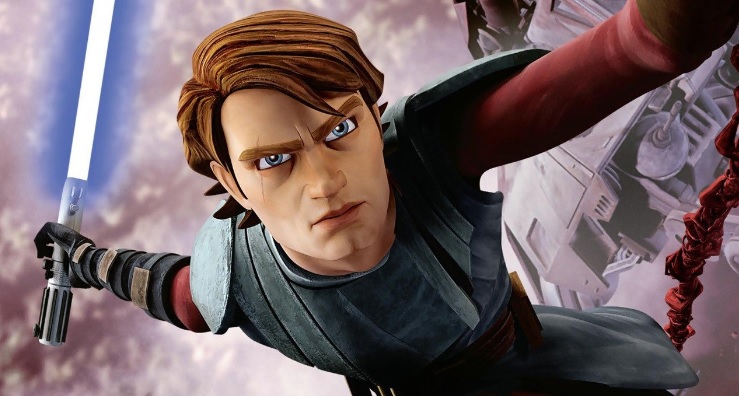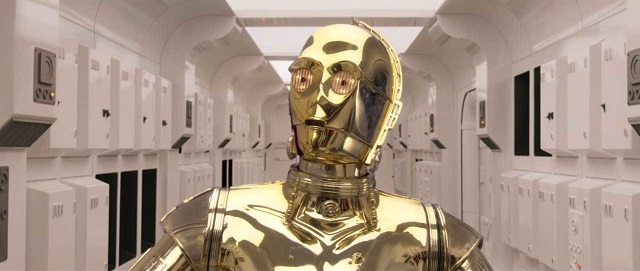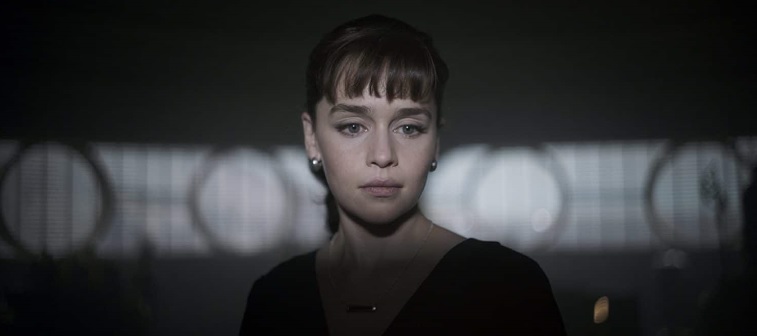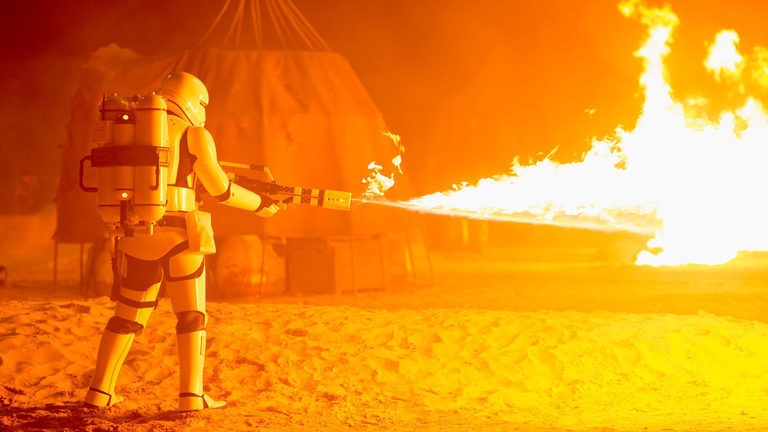
The Clone Wars is BACK. The most surprising Star Wars announcement of recent times has led to an outpouring of love for a series that remains an essential part of our understanding of George Lucas’s universe. Lucas told many more hours of stories in TCW than on the big screen, and one thing that extra time and space allowed him to do was fill in and refine his vision of Anakin Skywalker.
In Attack of the Clones, Lucas arguably showed his hand too soon. With the audience aware of Anakin’s fate, the shadow of Vader looms large, both in Anakin’s “joke” about dictatorships (run, Padmé!) and his heinous slaughter of the Tusken Raiders (RUN, PADMÉ!). The petulant teenage edge and creepy behaviour makes him hard to like, and there is a sense of something fundamentally “dark side” about him that everyone around him is crazy not to see. In Revenge of the Sith, we meet a different Anakin: for the first hour he is heroic, likeable and sympathetic, haunted by the fear of his wife’s death, a pawn in a political game between Palpatine and the Jedi Council. His fall seems to come from a place of good – albeit confused – intentions. Yet it happens extremely quickly. How could he go from “what have I done?” to slaughtering younglings in a matter of moments?
It is the “heroic” Anakin that TCW picks up and runs with. Dave Filoni revealed at Comic Con that his priority in casting Anakin was, above all, “likeability” – the charismatic Republic hero Filoni imagined as a child. TCW Anakin has a square jaw, a noble voice, and is in all respects the swashbuckling hero and hotshot pilot the original trilogy led us to believe he was. We are on Anakin’s side immediately, he’s a hero we can root for – a bit Luke, a bit Han, a bit Poe. From there, TCW adds flesh to the bones of his fall, rooting it not in a fundamental darkness – but in the very things that make him a hero.




